Psilocybin, present in many of the magic mushrooms you can find on the market, is a compound that is increasingly being investigated for its psychological and therapeutic effects, with so-called psilocybin microdoses being one of the most popular options. In recent years, it has gained popularity in clinical studies and recreational use. However, the consumption of psilocybin alongside other drugs, such as cannabis, cocaine, MDMA, alcohol, or opiates, involves complex interactions that can intensify, attenuate, or modify its effects, creating unique and sometimes unexpected experiences.
In this context, it is essential to understand how the body responds to these combinations. Today, we invite you to take a brief look at the main characteristics of psilocybin in conjunction with other psychoactive substances, see if their combination is advisable, and consider what effects you can expect if you take them together.
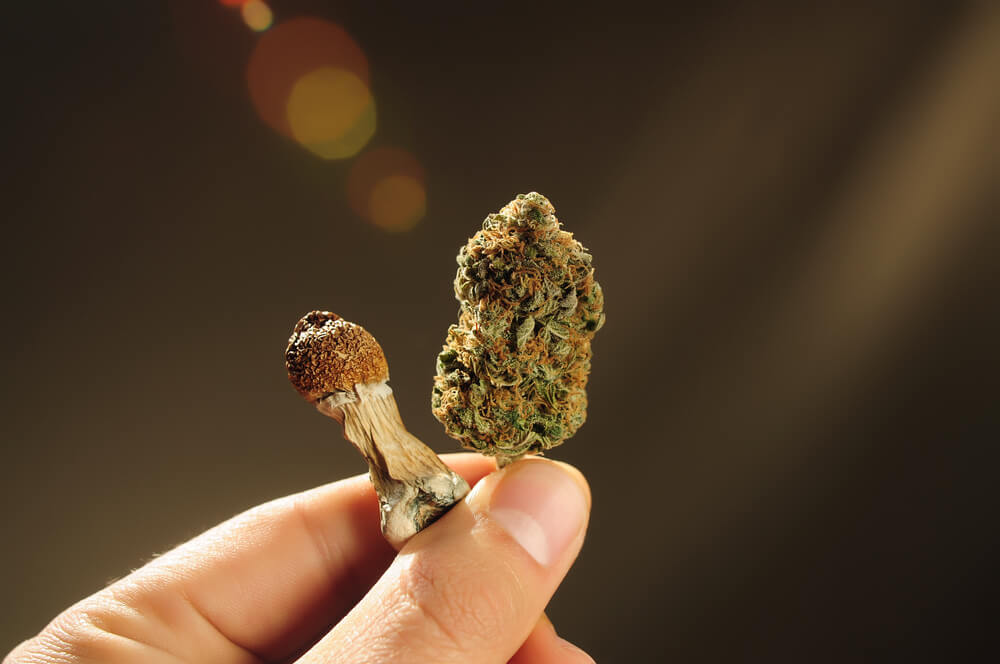
What is psilocybin and what are its effects?
Psilocybin is a psychedelic compound that, when metabolized in the body, becomes psilocin, primarily affecting the brain’s serotonin receptors. This change causes intense alterations in perception, senses, and emotions, generating effects ranging from mild visualizations to deep spiritual experiences. Its effects typically last between 4 and 6 hours and are accompanied by feelings of mental openness, altered perception of time and reality, and sometimes emotional introspection. As we will see in today’s article, these effects can be intensified or changed when mixed with other drugs.
In the following link, you will find more information about this interesting compound and its effects, which as you know are currently in the spotlight of hundreds of researchers for its promising properties when it comes to combating problems as important as depression, post-traumatic stress, or anxiety.
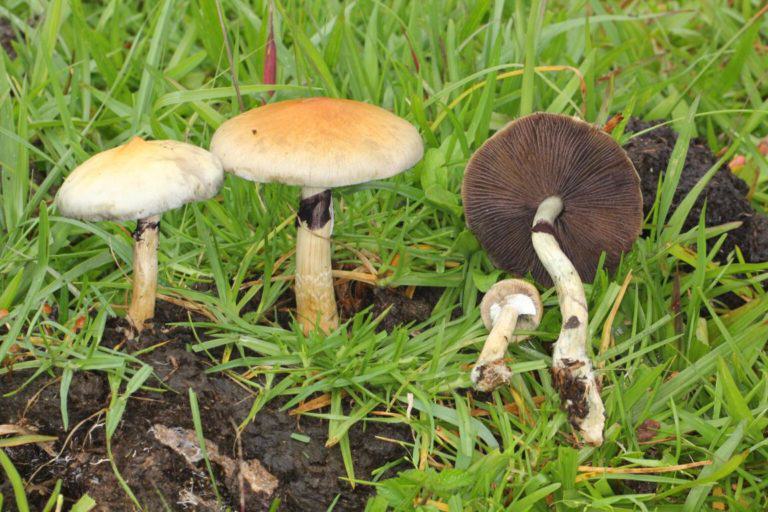
What is Psilocybin and what are its effects?
After decades of neglect, psilocybin is nowadays the subject of dozens of studies and clinical trials all over the world, showing especially promising results in the treatment of conditions like depression or anxiety. In addition to its well-known properties in recreational or spiritual contexts, the news regarding its possible medicinal properties further adds to the interest to this compound.
Combined uses of different drugs
Drug-drug interactions (DDIs) can be classified as pharmacokinetic or pharmacodynamic interactions. The former occurs when a drug influences the absorption, distribution, metabolism, or elimination of another compound. On the other hand, pharmacodynamic interactions involve the modification of the pharmacological effect of one drug by another.
These interactions can be synergistic, additive, or antagonistic, but what does this mean? Additivity refers to the fact that the combined effect of the drugs is the sum of the individual effects of each one, while synergy occurs when the combined effect is greater than the sum of the effects. Finally, antagonism occurs when the combined effect is less than the additive effect.
A common mechanism of pharmacodynamic drug interactions is competition at the receptor level. When two compounds interact with the same receptor, they may compete for its binding, leading to alterations in their pharmacological effects. For example, blocking 5-HT2A receptors, where LSD, psilocin, mescaline, or DMT exert their effects, could reduce their psychological effects.
As for pharmacokinetic interactions, one example is the inhibition of drug-metabolizing enzymes, such as cytochrome P450 (CYP), which is responsible for metabolizing a large number of drugs. Such inhibition causes a change in the effect of the drugs or medications and, therefore, also in the results of the different treatments. Knowing this, let’s look at some of the most popular combinations of psilocybin with other substances.
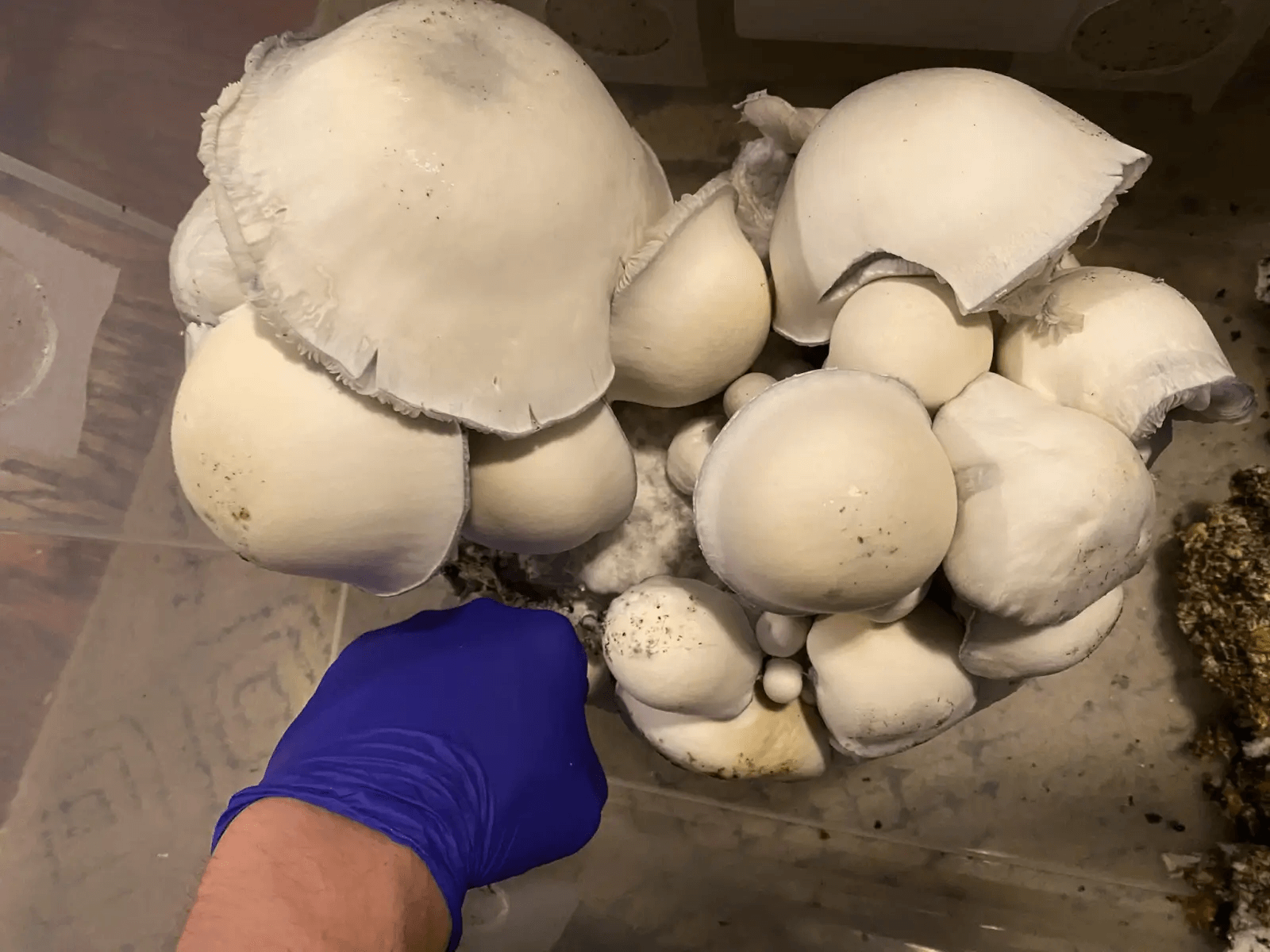
Psilocybin and cannabis
The combination of psilocybin and cannabis is quite common and is known to intensify the visual and emotional effects of psilocybin. THC, the main psychoactive compound in cannabis, can deepen the psychedelic experience, leading to a greater disconnection from reality or greater creativity. However, joint use can lead to an increase in anxiety and paranoia, especially at high doses of both compounds. Undoubtedly, the cannabinoid profile of the cannabis variety consumed will be important in modulating the experience, since as you know, some genetics tend to offer a more relaxing and sedative effect, while others can increase that anxiety or paranoia.
CBD, another very common cannabinoid in some cannabis strains and known for its medicinal properties, can help modulate the user’s mood during the experience, reducing anxiety and facilitating a more controlled and pleasurable effect. Our recommendation would be to avoid strains that promote anxiety or paranoia and focus on those that offer relaxing effects, which will be the best way to enjoy an experience without unpleasant surprises.
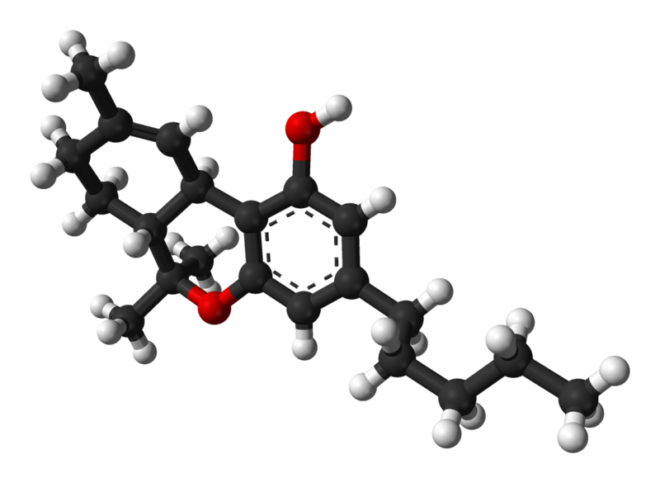
Tetrahydrocannabinol (THC): The principal cannabinoid in cannabis
THC or tetrahydrocannabinol is the main constituent of cannabis, responsible for its psychoactive effects. In this post we tell you more about one of the best known cannabinoids, exclusive from the cannabis plant and useful for many patients who benefit from the socalled entourage effect, that is to say, the synergy created by different compounds like THC and CBD acting together.
Psilocybin and cocaine
Using psilocybin and cocaine together is rare and can pose significant risks due to the nature of the effects of both substances. While psilocybin is introspective and often calming, cocaine is the opposite. It is a powerful stimulant, so mixing the two can create a conflict in emotional perception and regulation, which can lead to unpleasant feelings or even a bad trip.
This shock can lead to extreme anxiety, panic attacks, and sensory overload – all of which are sensations we don’t think you want to experience, as people normally seek the opposite when consuming magic mushrooms. In addition, both substances stimulate the central nervous system in different ways, which increases the risk of overexcitation and cardiac dysregulation, making it a potentially dangerous combination. It is certainly not something we recommend!
Psilocybin and MDMA
The combination of psilocybin and MDMA (also known as ecstasy or simply M) is relatively common in both therapeutic and recreational settings. While psilocybin opens the door to introspective explorations, MDMA adds euphoria and empathy, providing an experience that allows for greater emotional connection both with oneself and with the people around them.
This combination has been explored in therapies to treat deep trauma and cases of post-traumatic stress, as both substances can enhance emotional openness and self-compassion. However, as it increases the load on the cardiovascular system and the risk of dehydration, their simultaneous use requires caution and, preferably, medical supervision.
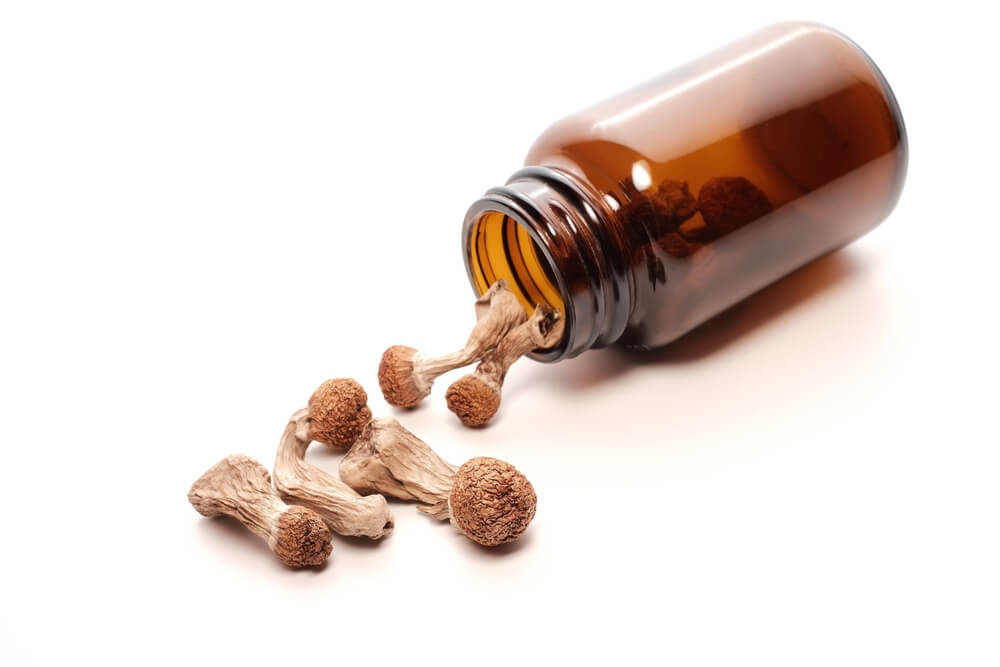
Psilocybin and alcohol
The interaction between psilocybin and alcohol depends largely on the amount of alcohol ingested. At low doses, alcohol can lower inhibitions and make the psilocybin experience more relaxing and enjoyable, even fun. However, at high doses, alcohol can cause confusion, increase dehydration, and cause symptoms such as nausea and disorientation – which is not recommended if psilocybin is also consumed.
Alcohol, often considered a depressant, also impairs judgment and impulse control, which, combined with the psychedelic effects of psilocybin, can increase the risk of a “bad experience” that is difficult to handle. As always, and especially when trying something for the first time, we recommend doing so with professionals or at least someone with experience who can guide and help you if necessary.
When mixing psilocybin with other drugs, it is essential to consider how each substance affects the body and mind to avoid adverse effects.
Psilocybin and opiates
The combination of psilocybin and opioids is considerably less common than those seen so far and is generally not recommended due to the risks involved. Opioids produce intense sedation and analgesia that may counteract or reduce the introspective nature of psilocybin, as well as carrying a significant risk of respiratory depression.
When combined with a psychedelic, opioids also increase the risk of confusion and can cause the user to underestimate the dangers of the psychedelic experience, leading to a possible accidental overdose. Given this, we do not recommend it under any circumstances!
You’ve already seen that mixing psilocybin with other substances can offer you both positive experiences and potential risks that you should avoid. While some combinations, such as psilocybin with MDMA or cannabis, have shown potential in therapeutic contexts, others, especially with addictive or stimulant substances, can intensify adverse effects and pose serious risks.
Understanding these interactions is essential for safe and conscious use, whether in a recreational, medicinal, or educational context. As a final recommendation, it is safest not to mix psilocybin with any other type of psychoactive substance unless one already has some experience using magic mushrooms, whatever the context. Keep this in mind!
References:
- Serotoninergic antidepressants combination in psilocybin-assisted psychotherapy: a case report, André Do, Vanessa Michaud, Jean-François Stephan, Miltiadis Moreau, Élise Benoît, Félix-Antoine Bérubé, Antoine Bibaud-De Serres, Alain Taillefer, Philippe Vincent
- Co-use of MDMA with psilocybin/LSD may buffer against challenging experiences and enhance positive experiences, Richard J. Zeifman, Hannes Kettner, Broc A. Pagni, Austin Mallard, Daniel E. Roberts, David Erritzoe, Stephen Ross, Robin L. Carhart-Harris
- Drug–drug interactions involving classic psychedelics: A systematic review, Andreas Halman, Geraldine Kong, Daniel Perkins, Jerome Sarris
Source link
#Interaction #psilocybin #psychoactive #substances #Alchimia #Grow #Shop